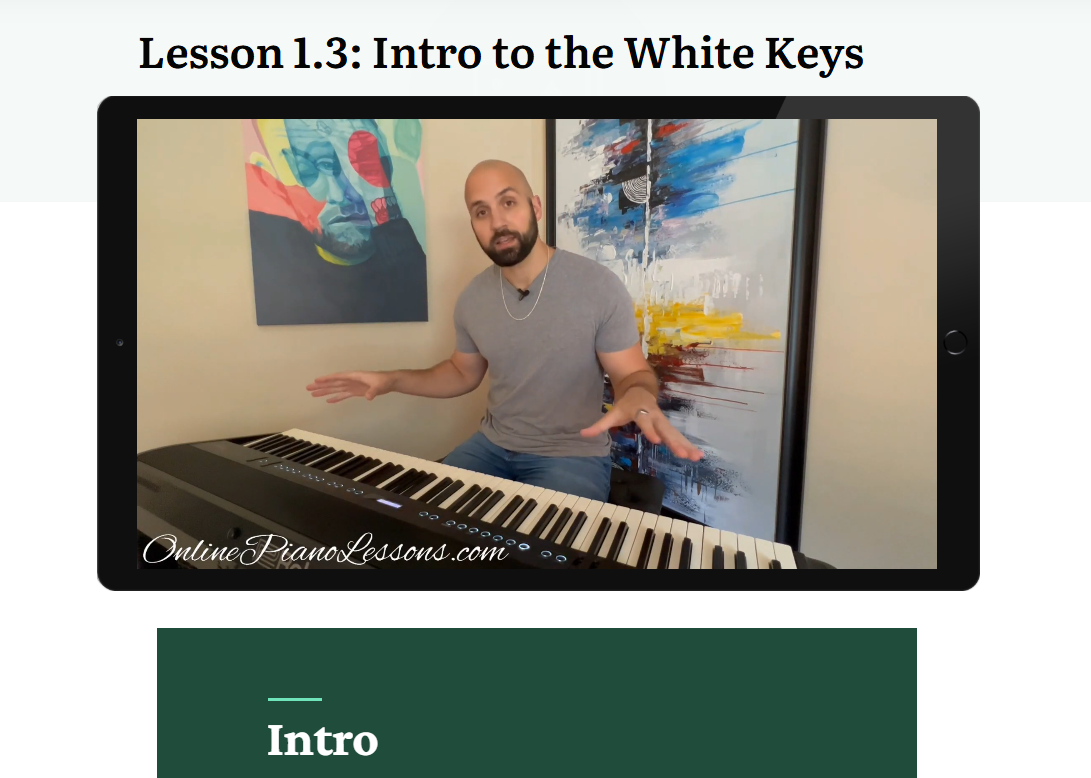When most people think about music, they focus on the notes being played. However, silence is equally vital. In sheet music, rests indicate those silent moments, showing a musician precisely when not to play. For piano players, rests are essential for maintaining rhythm, structure, and expression in a piece. Without rests, music would feel overcrowded and lack balance. Understanding rests helps pianists bring out phrasing and dynamics, making performances more musical and expressive.
Quick Preview: Rests in sheet music are just as important as the notes themselves. They represent silence, rhythm, and breathing space in music, guiding when to pause while playing piano. In this guide, you’ll discover what rests are, the different types of rest symbols, how they connect to time signatures, and how mastering them can dramatically improve your piano playing and overall musicianship.
What are Rests in Sheet Music?
Rests are symbols in sheet music that tell a musician to remain silent for a specified duration. Just as every note has a time value (whole, half, quarter, eighth, etc.), rests mirror this by representing silence for the same length of time. This ensures that both sound and silence are carefully balanced within a measure.
When playing piano, rests are especially useful because they dictate how long the hands should remain still before pressing the next key. They also help separate musical phrases and provide breathing space for the listener.
Why Rests are Important in Music Theory
Music theory teaches that rests are the foundation of rhythm, as they maintain timing and create contrast. Without rests, it would be nearly impossible to interpret time signatures accurately or distinguish between phrases.
For pianists, rests enhance articulation and dynamics. Imagine playing a dramatic piece without any pauses—there would be no tension, no release, and no flow. Rests provide that needed structure, making them an essential tool for musical storytelling.
The Different Types of Rests
Just like notes, rests come in many forms, each corresponding to a different note value. Here are the most common rests you’ll encounter in sheet music:
- Whole Rest – A small filled rectangle hanging from the fourth line of the staff, lasting for an entire measure in most time signatures.
- Half Rest – A small filled rectangle sitting on top of the third line of the staff, lasting half a measure in 4/4 time.
- Quarter Rest – A squiggly symbol lasting one beat in 4/4 time.
- Eighth Rest – Looks like a small number seven with a flag, lasting half a beat in 4/4 time.
- Sixteenth Rest – Similar to the eighth rest but with two flags, lasting a quarter of a beat in 4/4 time.
- Thirty-Second Rest – Features three flags, representing an even shorter silence.
- Sixty-Fourth Rest – The shortest commonly used rest, with four flags.
Each rest corresponds directly to its note counterpart, ensuring perfect rhythmic balance between sound and silence.
Rests and Time Signatures
Time signatures dictate how many beats are in a measure and what note value receives one beat. Rests follow these same rules. For instance, in 4/4 time, a quarter rest equals one beat of silence, while in 6/8 time, an eighth rest equals one beat of silence.
When reading sheet music on the piano, understanding rests within a given time signature ensures that you maintain accurate rhythm, even when you’re not pressing any keys.
How to Count Rests When Playing Piano
Counting rests is as important as counting notes. Pianists must mentally keep the beat even during silence. For example:
- In 4/4 time, if you encounter a half rest on beats 3 and 4, you must silently count “3, 4” before playing the next note.
- In 6/8 time, if you see an eighth rest at the beginning of the measure, you must wait for the first beat to pass before starting the phrase.
Practicing with a metronome helps pianists internalize rests, ensuring silence is held for the correct length of time.
Common Mistakes When Reading Rests
Beginners often make a few key mistakes when learning rests in sheet music:
- Ignoring short rests – New pianists sometimes skip over eighth or sixteenth rests because they seem insignificant, but this ruins timing.
- Cutting rests short – Not holding silence long enough disrupts the flow of the piece.
- Not coordinating both hands – One hand may rest while the other plays. Pianists must carefully track when each hand is supposed to pause.
Using Rests for Musical Expression
Rests are not just functional; they are expressive tools. Composers use rests to create drama, anticipation, or a sense of finality. For pianists, observing rests faithfully makes the difference between robotic playing and emotional performance. A sudden silence before a chord can make the chord more powerful, while well-timed rests can highlight melodic lines.
Conclusion
Rests in sheet music are more than just pauses; they are essential building blocks of rhythm and expression. For a piano player, rests shape phrasing, enhance dynamics, and provide balance to a performance. By mastering rests, you not only play more accurately but also bring greater emotion and depth to your music.
FAQ
1. What are rests in sheet music?
Rests are symbols that indicate silence for a specific duration, corresponding to note values.
2. How do rests work when playing piano?
They guide pianists on when to pause, ensuring proper rhythm and timing between notes.
3. Do both hands rest at the same time?
Not always—sometimes one hand plays while the other rests.
4. How can I practice counting rests?
Use a metronome and count beats silently during rests to stay in rhythm.
5. Why are rests important in music theory?
Rests maintain rhythmic accuracy and provide expressive balance between sound and silence.





 Hi, I'm Thomas, Pianist Composer,
Hi, I'm Thomas, Pianist Composer,  I love playing piano, creating new melodies and songs, and further developing my online piano course and making updates/additions to my site OnlinePianoLessons.com!
I love playing piano, creating new melodies and songs, and further developing my online piano course and making updates/additions to my site OnlinePianoLessons.com!  Now that is what I call fun!
Now that is what I call fun!





